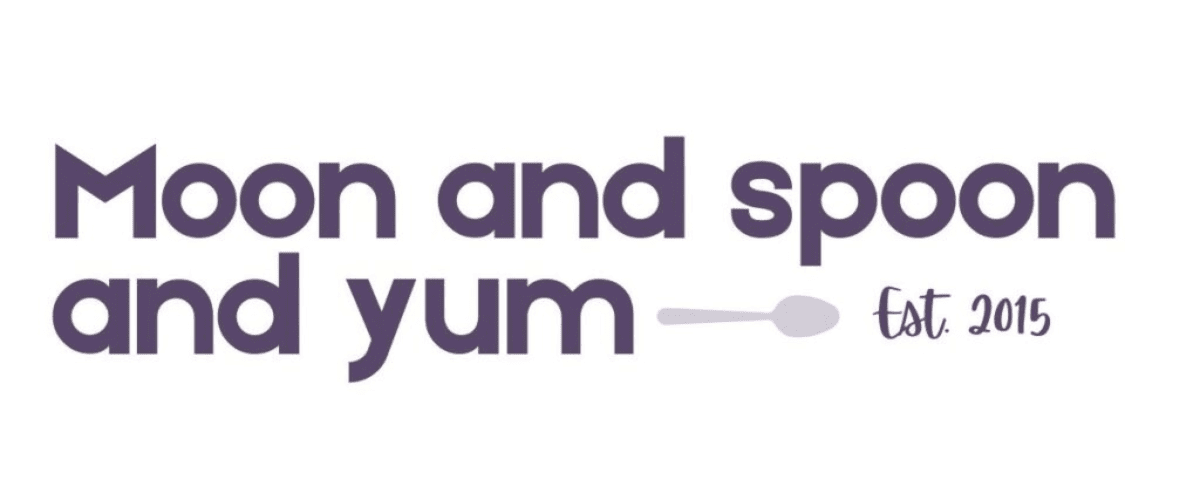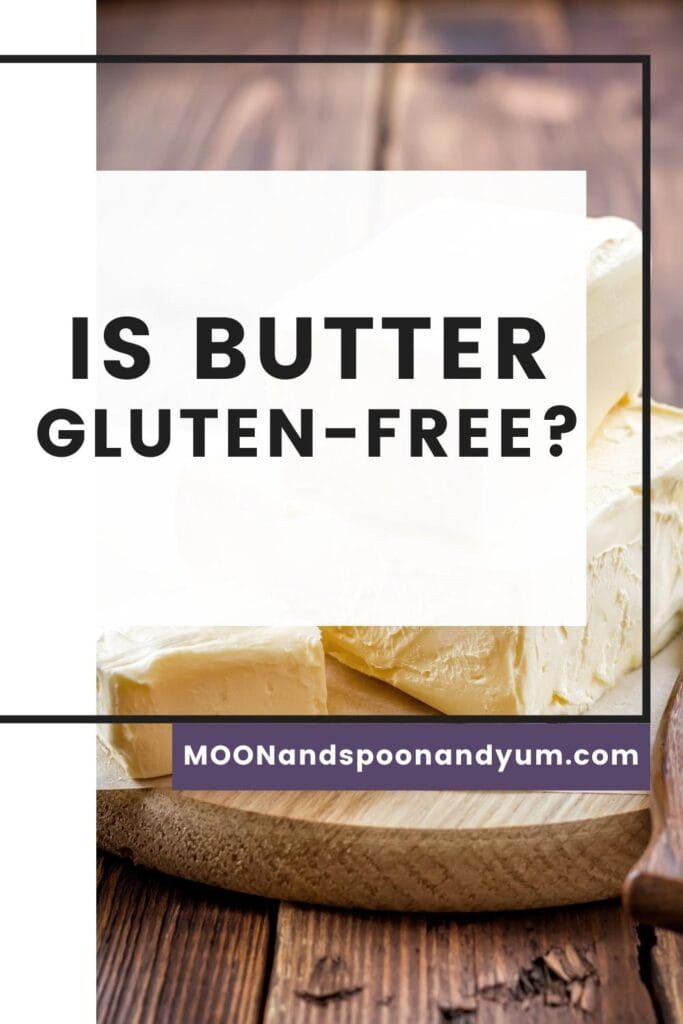Is Butter Gluten-Free?
Is butter gluten free? Learn about the gluten content in butter, plus find the best gluten free butter brands here!
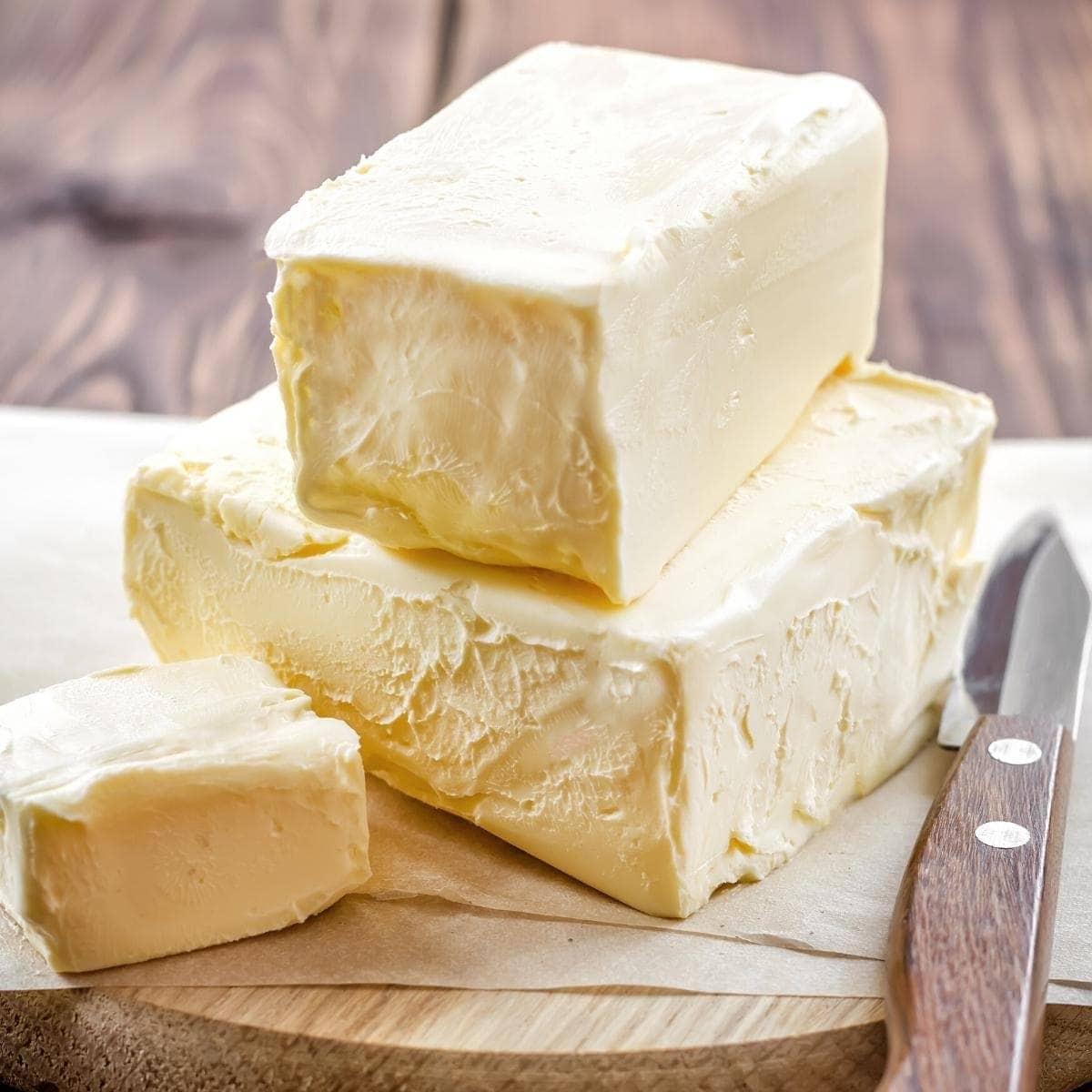
Butter brings out the flavor in every food. From pancakes, pastries, to sautéed mixed vegetables, butter is a guaranteed flavor enhancer that completes the overall taste of nearly every dish. Ever wondered if this common pantry staple is gluten-free? The quick answer? Yes, with reservations.
Yup, you’ve read it right. Most butter is gluten-free. The catch? Cross-contamination can refute this. In this article, we’ll list down the best gluten free butter brands and dive deeper to uncover facts about gluten and butter.
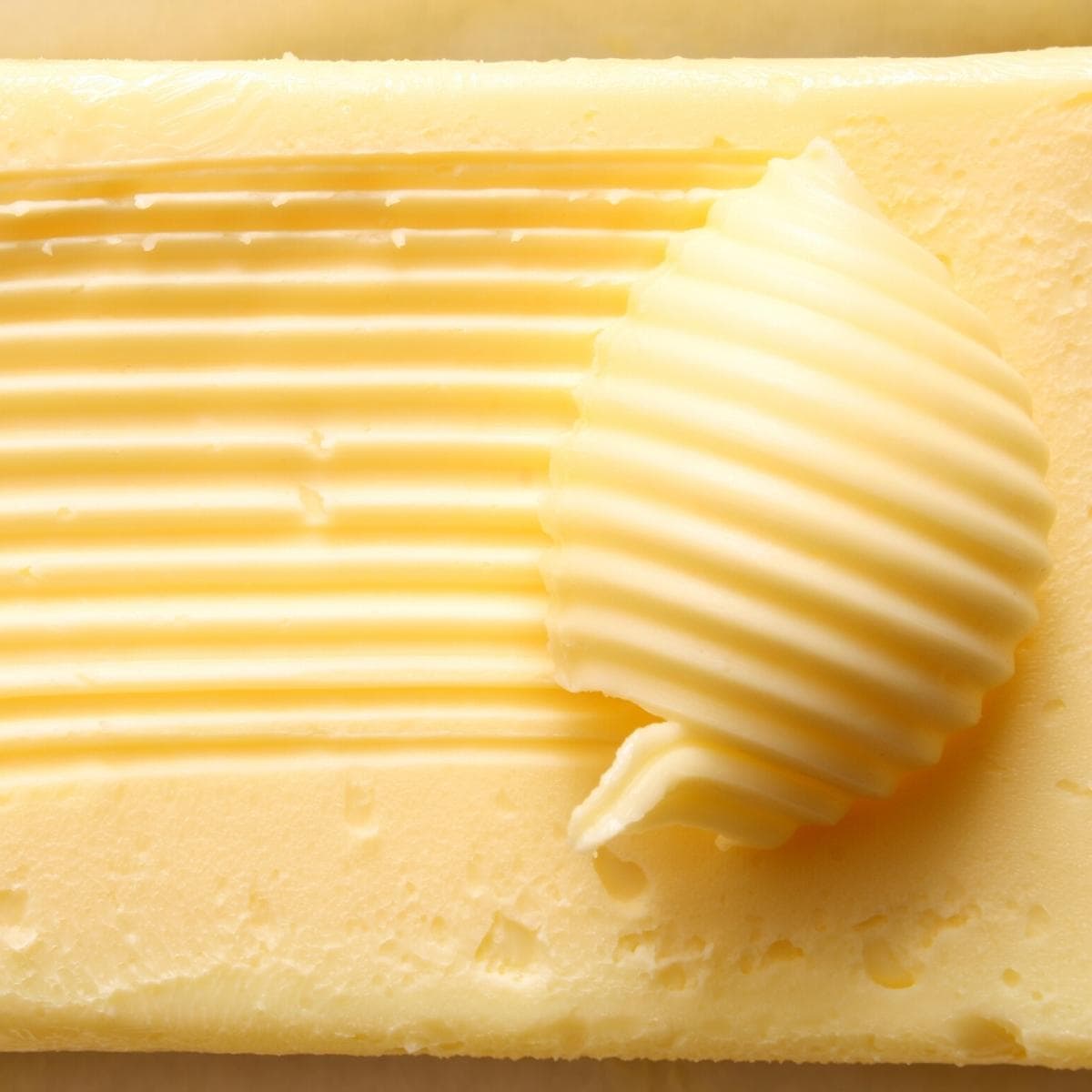
What Is Gluten?
Simply defined, gluten is a protein found in grains. This is commonly found in wheat, rye, and barley. It helps the food maintain its shape with its glue-like function making a dough elastic. Product-wise, gluten is often included in pasta, bread, durum, cereals, beers, cakes, cookies, and pies.
However, people with medical conditions such as celiac disease, wheat allergy, and non-celiac gluten sensitivity should steer clear of gluten-rich food.
Impacting around 1% of the global population, celiac disease is an autoinflammatory disease where gluten consumption leads to intestinal damage and nutritional deficiencies, including anemia.
On the other hand, a larger population in the range of 0.5-13% tests negative against celiac disease, but still has what is called gluten sensitivity. Diagnosed as non-celiac gluten sensitivity, gluten consumption may lead to diarrhea, stomach pain, and tiredness.
Lastly, those allergic to wheat should definitely avoid gluten consumption. Wheat allergy is more common in children, but can also be observed among adults. Just like any allergen, consumption of gluten may lead to adverse allergic reactions.
Thus, the importance of gluten-free food prevails. To achieve this, it will be crucial to read the labels as most food items contain gluten. In following a gluten-free diet, maintaining the consumption of healthy whole foods is essential.
What is Butter?
Rich in fat and protein, butter is a dairy product made from milk. Its savory flavor is a popular choice for a spread, and an essential ingredient in cooking and baking.
However, butter is often advised to be consumed in moderation. Because of its high calorie and saturated fat content, butter should be consumed in a little less than two tablespoons daily.
Thus, margarine is often used as a healthy substitute for butter. Made from plant-based oils, margarine has a lower amount of cholesterol level as compared to butter.
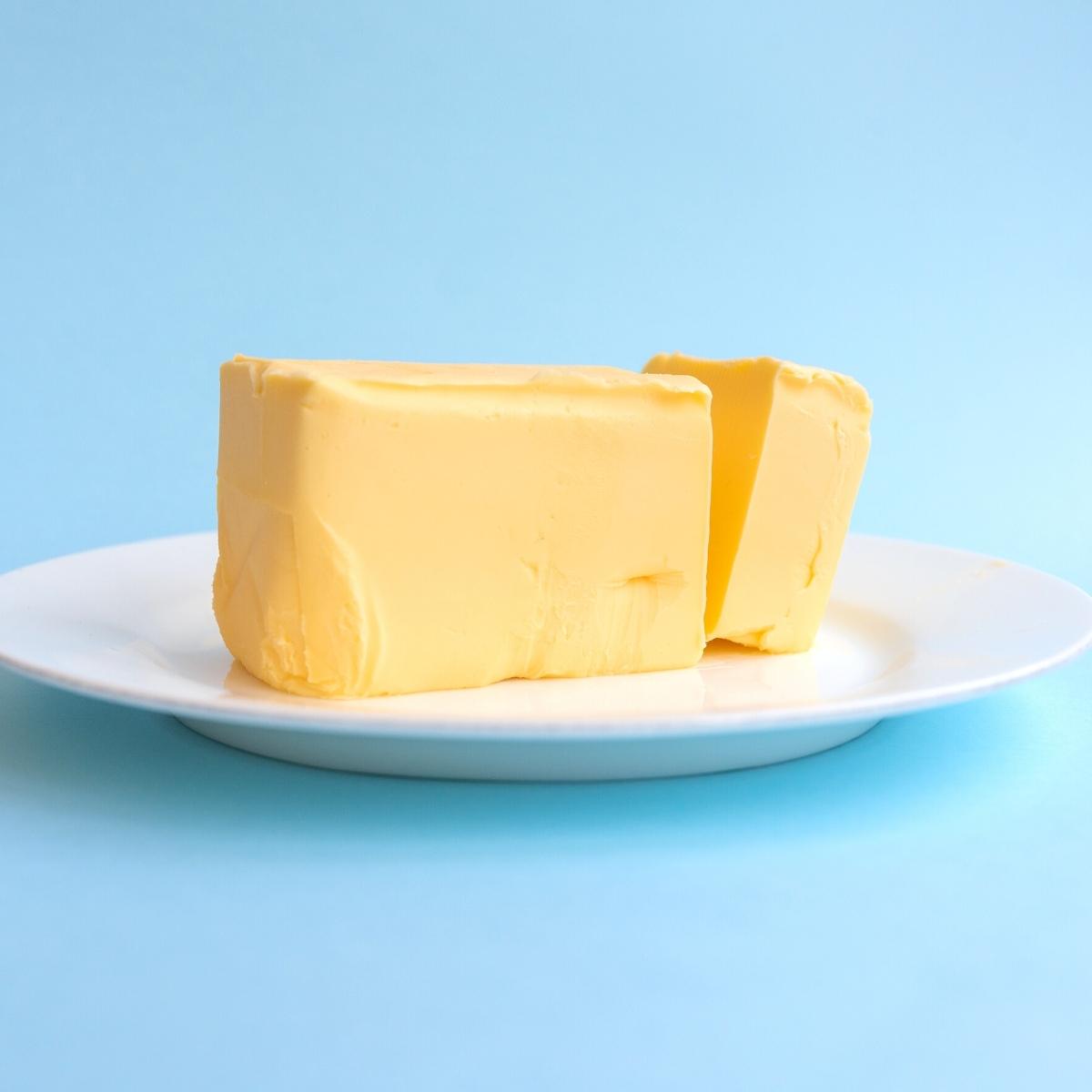
Is Butter Gluten Free?
Just like other dairy products, butter is naturally gluten-free. As grains are not excreted in the milk, butter is considered a gluten-free product.
However, it should be noted that when mixed with other seasonings and flavor enhancers, the risk of gluten consumption increases. There is also the risk of butter encountering cross-contamination during the production process by sharing equipment with gluten-containing ingredients. Thus, it’s always best to find a certified gluten-free label for extra assurance. Rest assured, should you opt for a regular, unprocessed butter, you’re at low risk of consuming gluten.
In terms of storage, it’s also important to note that cross-contamination might occur in a communal fridge. For instance, contamination might occur when one uses the same set of knives that was already used in spreading butter on gluten-rich bread. This leads to contamination of the whole butter inside the same container, upon exposure to the gluten found on bread. To avoid this, make sure to always add labels and guide notes for extra care.
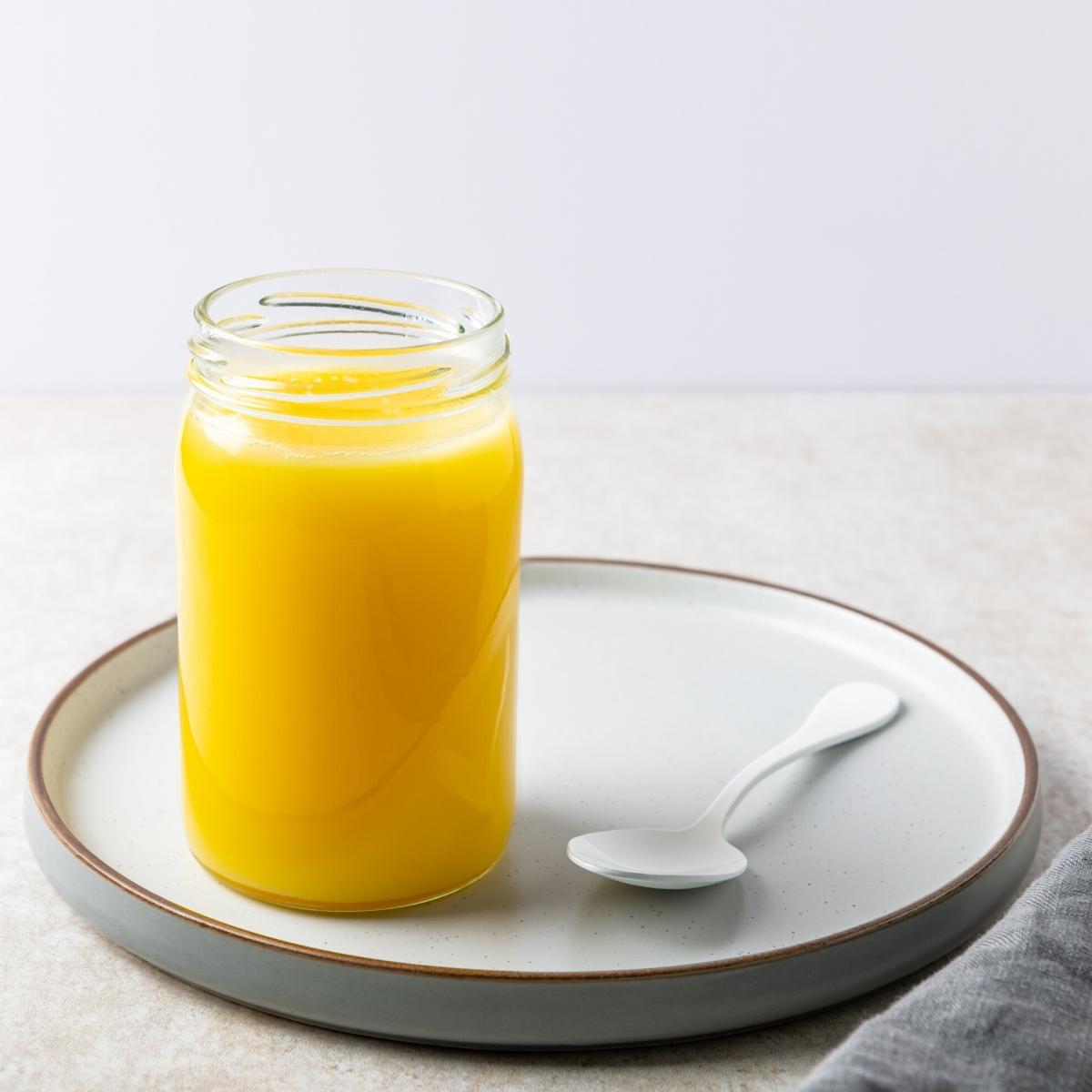
What is Ghee?
Low in lactose content, ghee is a clarified form of butter. It is made by melting butter, activating the separation of butterfat and milk solids. This leaves ghee free from trace amounts of casein and lactose, perfect butter alternative for lactose intolerant folks!
Ghee is traditionally found in Indian and Southeast Asian cuisines. It has a dark, nutty taste that is hard not to love!
Is Ghee Gluten Free?
Just like butter, ghee is naturally gluten-free. As a dairy product, ghee is also made from cow’s milk which strips it off the gluten radar when consumed in its plain, natural state.
And just as how we’ve defined caution in butter being gluten-free, ghee follows the same principles. The risk of cross-contamination stays the same, as well as the need to check the brand label for full verification.
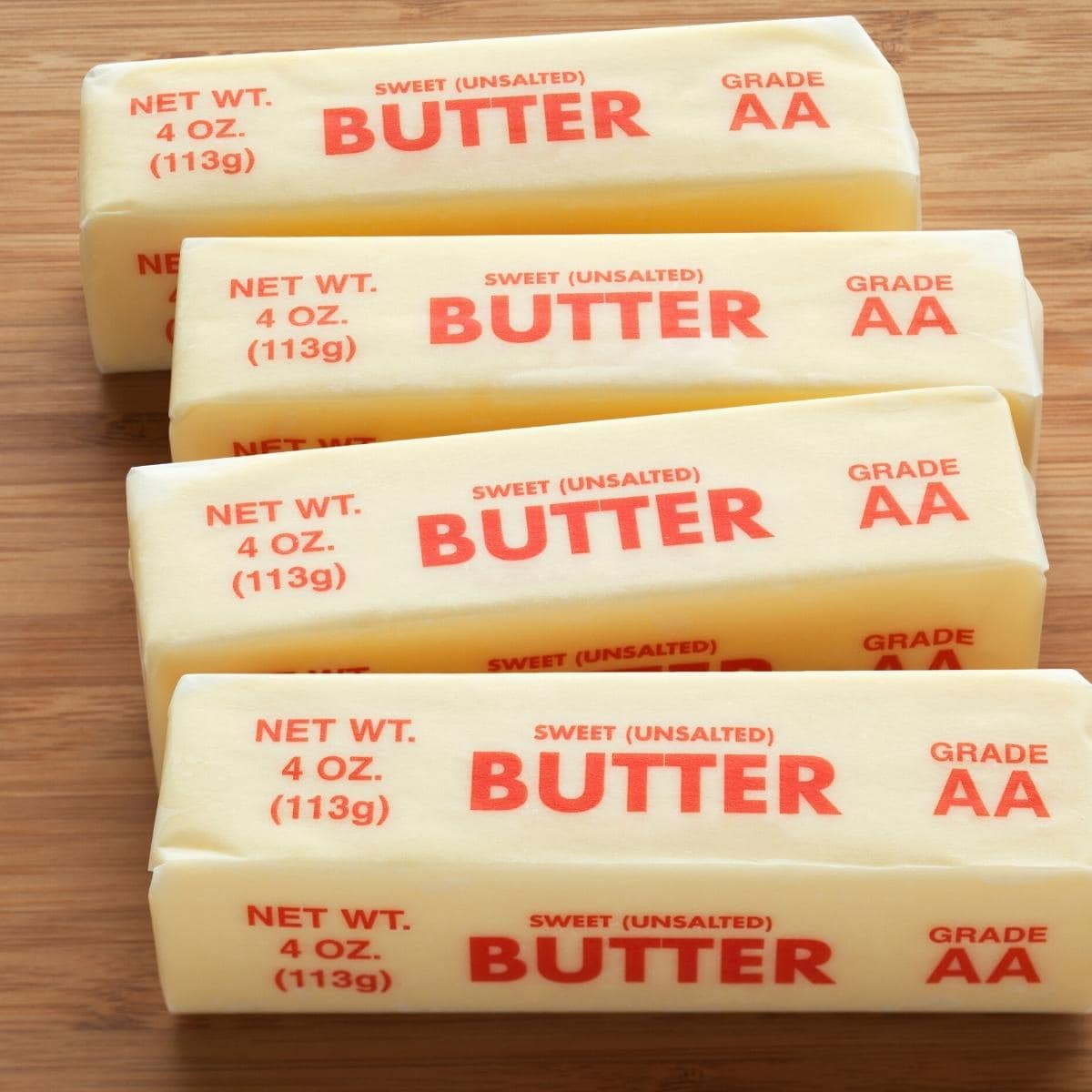
Gluten-Free Butter Brands
Popular brands of regular butter like Organic Valley and Land O’ Lakes are certified gluten-free butter choices made official by gluten-free certification grants from the Gluten Intolerance Group’s Gluten-Free Certification Organization (GFCO), BRC Global Standards (BRCGS), and NSF International. These brands are easily sourced at your local grocery store.
Other popular options include Kerrygold, Thrive Organic Ghee, and 365 Organic Whole Foods Brand.
For plant-based butter, vegans may enjoy gluten-free brands like Kite Hill Vegan Butter, Country Crock Olive Oil Spreads, Miyoko’s Creamery Vegan Butter, Smart Balance, Wild Creamery European Style Vegan Butter, Earth Balance and Nutiva Vegan Ghee.
In Conclusion
To cut it short, it is important to note that plain butter is gluten-free. The catch? Not all butter is created equal. Just like any food, some companies mix additives during the production which may involve gluten or use equipment shared with gluten-containing foods. To be absolutely certain, remember to regularly check the gluten-free label to keep you away from negative intestinal reactions! The next time you shop, keep this gluten-free butter guide handy to help you pick the right choice in the supermarket.
More importantly, practice proper storage when keeping your butter. Don’t forget that cross-contamination might occur, especially when butter gets exposed to bread. Just follow this guide and voila! You can solemnly savor the butter’s flavor while sticking to your gluten-free diet.
